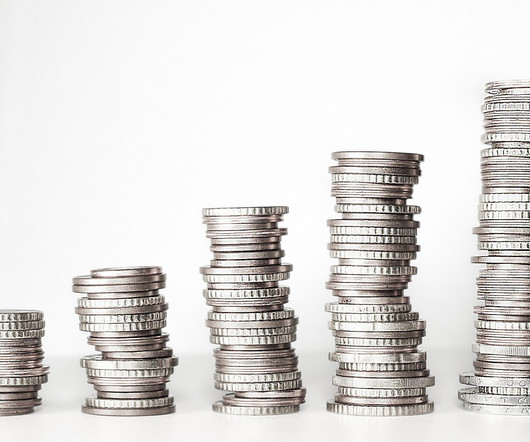Discount Rate—Explanation, Definition and Examples
Valutico
FEBRUARY 27, 2024
In DCF analysis, the Weighted Average Cost of Capital (WACC), representing the average return required by all stakeholders, is commonly used as the discount rate. The discount rate must be carefully chosen to reflect unique company risks and characteristics, and also changes in economic conditions.












Let's personalize your content